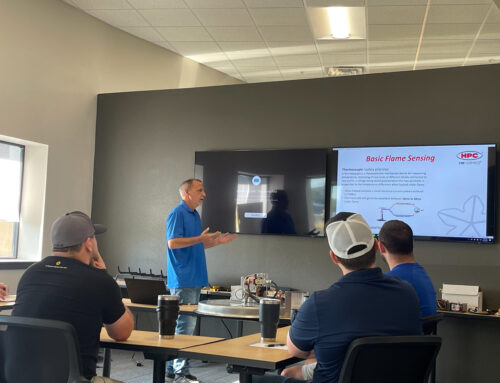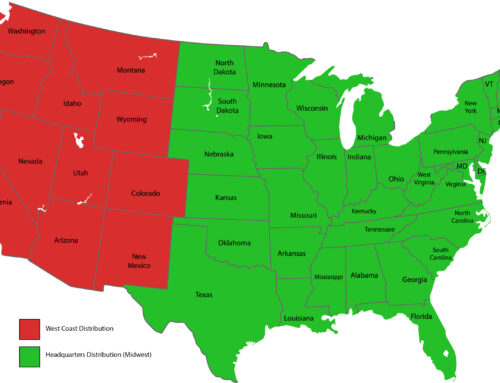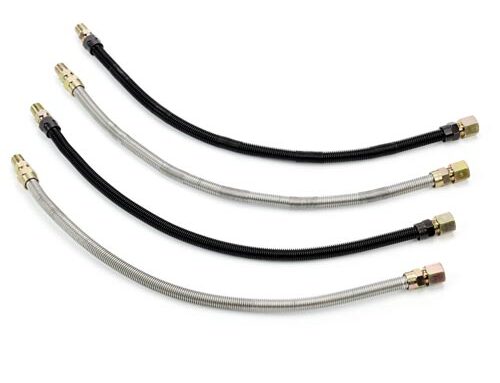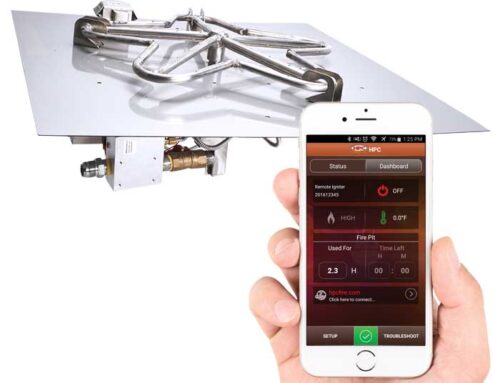HPC Is More Than A Company Name: Electronic Ignition Testing Highlights
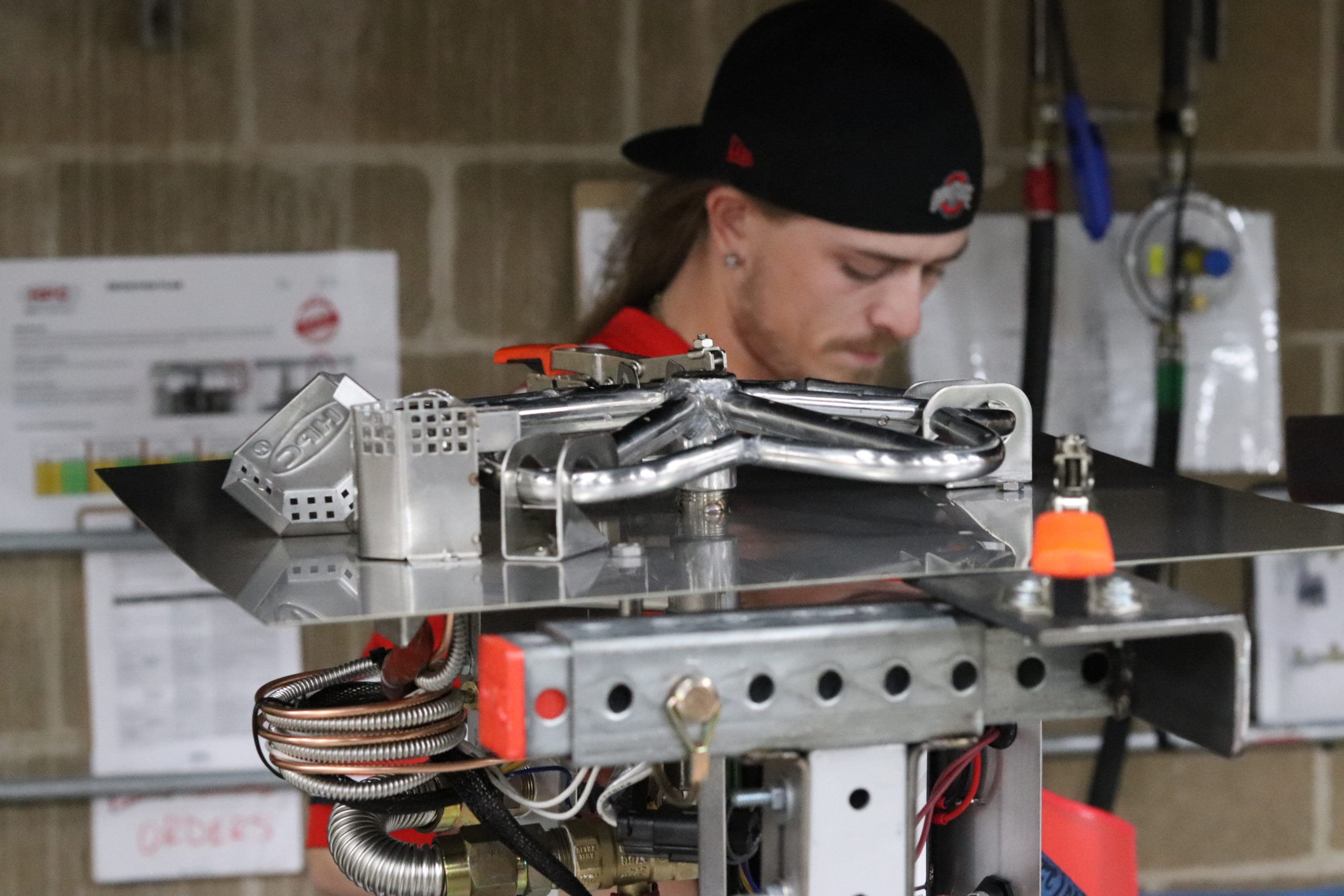
HPC’s name has become synonymous with safety and innovation. When you invest in an HPC Fire Inspired design you get a team of people ensuring the safety and quality of every appliance. HPC Fire Inspired takes great care with every design. Every part of our process ensures that each design will exceed customer expectations. Beyond CSA testing, HPC conducts internal testing and safety checks. This Tech Talk will highlight the most crucial testing processes that HPC has in place for all Electronic Ignition systems. These processes are in place to ensure the performance for all of our designs.
HPC’s Research and Design Team have developed stringent testing procedures that are completed during the assembly process of all EI units. In addition, a final check is completed on each fully assembled EI unit prior to being boxed and shipped. We invite our dealers and consumers for a behind the scenes look to what goes into each design.
The HyPot Test
The HyPot test is the first safety test any EI appliance is put through. The HyPot test must be performed to be in compliance with CSA procedures. Each component must pass the test for the appliance to receive CSA Certification. CSA audits HPC’s HyPot Testing procedure and runs regular testing on HPC equipment quarterly. This ensures that the procedure is conducted in a safe and reliable manner.
The HyPot test is performed on the Electronic Ignition Valve box prior to being installed in a unit. The Valve box is placed in a mechanical test fixture. Once it is connected to the testing fixture it is hooked to 120 volts. This test ensures that the valve box is grounded properly revealing any potential shorts in the assembly. This test provides and quick PASS or FAIL result. Giving our team the ability to correct any issues.
Finished Fire Pit Assembly Test
Once each Appliance is assembled it is sent to a trained HPC inspector for a 50 point final inspection. This ensures that each HPC Fire Inspired design meets all safety and quality standards. Below are some of the critical testing highlights:
Visual Inspection
The first step is to verify the weep holes in the burner work with raised hub burner design that is created for water egress. Secondly, the pilot assembly is reviewed confirming that it is in the correct orientation, keeping the pilot flame near the burner port. A pilot too far from a burner port results in a delayed ignition. Lastly, the Burner Orifice is inspected confirming that it is the correct size and correct gas type.
Wiring Inspection
A complete inspection is conducted on all the wiring of the unit. The inspection confirms that the spade connectors are tight to components and that there are no bare or exposed wires. In addition, the screws mounting the transformer and receiver are inspected ensuring that they are fastened tight. Lastly, the power cord is secured ensuring that it is tightly wrapped.
Final Test (Burn Test)
Every appliance is hooked up to gas and power is applied to ensure proper operation. In addition, every EI Hi/Lo unit is hooked up and synced to remote/smart device to activate the ability to control the unit. The inspector ensures that the igniter glows, cycling the unit 10 second on and 10 seconds off. Then the pilot flame is inspected. Once the flame is present the inspector ensures that the flame is engulfing the top 3rd of the thermocouple. This ensures that the flame sensing technology is working properly. HPC Testing Techs simulate blow outs by turning off the gas supply to the unit. Once the gas is turned back on, the unit must relight the burner within 30 seconds to pass this test. Each Electronic Ignition undergoes a final burn test; the ON/OFF model is burned for 3 minutes and the HI/LO model is burned for 5 minutes. For an example of one of HPC’s tests, check out HPC on YouTube to see a live rain test which displays HPC’s burner and water mitigating technology.
Leak Test
HPC’s Team completes a thorough examination for any potential leaks. With the unit running our trained professionals utilize a calibrated electronic tool referred to as a “gas sniffer”. This tool is designed to detect any gas leaks. A second sweep for leaks is completed utilizing a flame wand. Below are the main areas of inspection:
- Pilot tube connections are checked
- Any gas piping from valve box to pan/burner assembly is checked.
- Back pressure on LP air mixer (LP only)
- Valve block assembly is checked for leaks.
During the leak test the labels on the unit are inspected as well. This is to ensure everything matches the customer’s order.
- Correct appliance rating label
1.Model number
- power and gas requirements
- Serial number is applied
- CSA logo is also on the appliance rating label
- Carbon Monoxide label applied properly
This Tech Talk has given our market partners and patrons a behind the scenes look to what holds up HPC’s brand: outlining the crucial highlights for all safety and operational testing protocols. Our testing procedures are monitored and audited by CSA every quarter. HPC Fire Inspired prides itself on maintaining a less than 1% failure rate for all appliance testing. HPC’s dedication to testing helps our team ensure that we are using the best quality components enabling us to deliver the safest highest quality fire features to our consumers.
Let our dedicated Certified National Fire Institute Tech team as well as our Customer Specialists share their expertise. They will walk you through from start to finish ensuring your fire appliances exceed your desires. Reach our HPC Fire Inspired team at 937-436-9800 or at Info@HPCFire.com.

